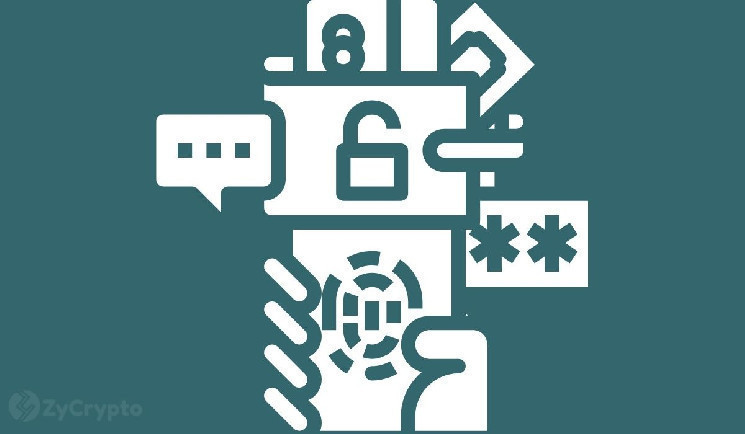The interest in Decentralized Finance (DeFi) over the past two to three years has made it one of the fastest-growing areas in the decentralized web ecosystem. DeFi generally refers to the provision of peer-to-peer financial services over mostly public blockchains, through the use of smart contracts thereby eliminating the need for financial third parties or intermediaries in the execution and settlement of transactions.
DeFi protocols enable a wide range of services that include lending/borrowing, trading, and offering of derivative products. According to Defi Llama data, the Total Value Locked (TVL) on all DeFi protocols grew from US$ 0.49 million (Dec 2018) to US$ 243 billion (Dec 2021). The TVL on DeFi protocols has however dropped in 2022 and is about US$ 73 billion at the time of writing (June 30, 2022). Some analysts have attributed the decline in TVL in 2022 to the current slump in cryptocurrency prices.
One key benefit of DeFi protocols is that many of them are open-source, allowing anyone to view and audit them. Open source code also allows developers to use decentralized Applications (dApps) to build new financial products without the need for permission. This benefit has however opened up DeFi protocols to hacks that have exploited faults in the protocols.
According to the Chainalysis’ 2022 Crypto Crime Report, cryptocurrency-based crime hit a new all-time high in 2021, with illicit addresses receiving US$ 14 billion over the course of the year, up from US$ 7.8 billion in 2020. It was also reported that between 2020 and Q1 2022 most of the funds stolen on DeFi protocols were due to faulty code exploits, security breaches that allowed hackers access to victims’ private keys, and flash loan attacks.
According to CryptoSec, 24 DeFi exploits have so far been reported in 2022 compared to 62 in 2021 and 16 in 2020. Some of the DeFi exploits of 2022 include: the US$ 625 million Ronin Network exploit (March 2022), the US$ 326 million hack at the cross-blockchain, Wormhole (February 2022), Beanstalk Farms lost its collateral worth US$ 182 million through sinister governance proposals followed by a flash loan attack (April 2022); the Horizon Bridge hack to the Harmony blockchain in which altcoins worth US$ 100 million were stolen (June 2022), and the Rari Capital and Fei Protocol hack in which US$ 80 million was stolen after exploiting a lending protocol (May 2022).
DeFi technology is in its nascent stage and hence undergoing developments to minimize system vulnerabilities that have led to exploits on the various DeFi protocols. According to CryptoSec data, the 24 DeFi exploits so far reported in 2022 are worth over US$ 1.6 billion and we are only halfway through the year. As more and more DeFi exploits occur, there are renewed calls from regulators and other crypto market players for urgent crypto regulation. Any risk management framework for DeFi would need to be supported by overriding crypto regulation.
DeFi Insurance is one industry that is primed to benefit from DeFi protocol exploits. There is a potential crypto industry of around US$ 900 billion (Global Cryptocurrency Market Cap at the time of writing) to be underwritten. The DeFi insurance industry will certainly benefit from crypto regulation. Based on the current TVL on DeFi protocols and taking into account the global cryptocurrency market cap, one can only expect the DeFi Insurance market size to grow tremendously in the coming years.
 zycrypto.com
zycrypto.com
